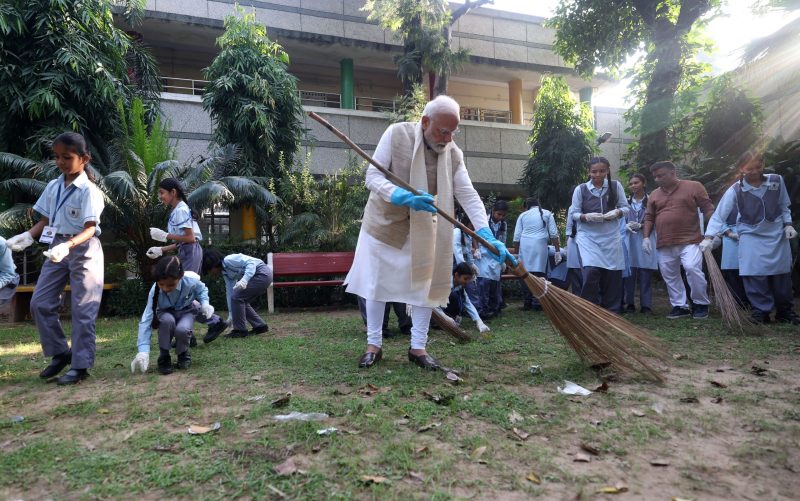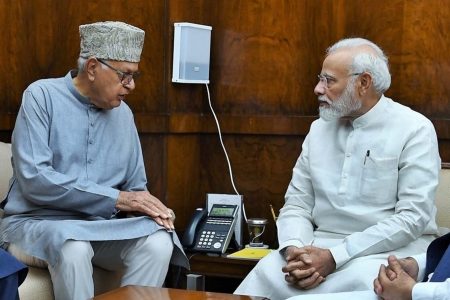 Swachh Bharat Diwas celebrates India’s decade-long progress in sanitation, highlighting the success of the Swachhata Hi Seva campaign. This year’s theme, “Swabhav Swachhata, Sanskaar Swachhata,” emphasizes the importance of cleanliness and environmental health.
Swachh Bharat Diwas celebrates India’s decade-long progress in sanitation, highlighting the success of the Swachhata Hi Seva campaign. This year’s theme, “Swabhav Swachhata, Sanskaar Swachhata,” emphasizes the importance of cleanliness and environmental health.
Since Prime Minister Narendra Modi launched the Swachh Bharat Abhiyan on October 2, 2014, the initiative has transformed both rural and urban sanitation efforts. The mission is divided into two parts: Swachh Bharat Mission (Gramin) and Swachh Bharat Mission (Urban).
Some key achievements include:
Improved Health:
The World Health Organization (WHO) has reported a significant reduction in diarrheal deaths, with 300,000 fewer cases in 2019 compared to 2014, thanks to improved sanitation efforts.
More Toilets:
The mission has provided over 10 million rural households with access to toilets, positively impacting around 50 million people across 630,000 villages. A significant number of these villages have been officially designated as Open Defecation Free (ODF).
Women’s Safety:
A UNICEF study shows that 93% of women in these households feel safer with access to a private toilet.
Economic Savings:
Households in ODF villages have seen annual savings of approximately ₹50,000 (around $600) on health-related costs.
Environmental Impact:
ODF villages have a 12.7 times lower chance of human-caused groundwater contamination.
The Swachh Bharat Mission has also garnered international recognition, with Prime Minister Modi receiving the Global Goalkeeper Award from the Bill & Melinda Gates Foundation in 2019 for these sanitation improvements. Additionally, the Swachh Bharat Mission (Urban) aims to make India’s cities open defecation-free and ensure 100% scientific management of municipal solid waste.










